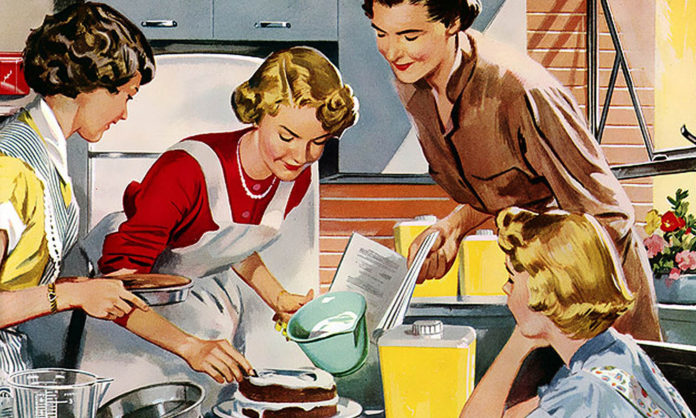
Leo Tolstoy famously said “Happy families are all alike; every unhappy family is unhappy in its own way.” But even happy (ish) families in fiction can be distinct and have enough flavor to sustain a novel.
In an article for Writer’s Digest, Jennifer Probst shares 3 ways to write relatable families.
All families have their own rituals, cultures, habits, and group dynamics. That’s what makes life and writing fun. “In order to create families on the page that resonate with readers, we need to not only write what we know, but what we don’t,” Probst says. She suggests three steps to make sure you create relatable, unique family members in your story.
- Create Distinctive Voices. “Carving out dynamic, unique personalities and traits is crucial to making your story pop,” Probst writes, suggesting that you imagine the conversation around a crowded Thanksgiving table. “Who likes to challenge the others? Who likes to quietly eat and be ignored? Who is loud and obnoxious, and says the wrong type of things?” Probst asks. Remember that even people in the same family with process their shared experiences differently, and explore culture and tradition.
- Create Conflict. “Families always have conflict, even the happiest ones,” Probst says. “The best stories bring a certain level of drama to keep readers interested and engaged.”
- Create Emotion. “Emotion is how we feel about our conflicts and how we handle them,” Probst writes. “If you write about the nosy, obnoxious aunt at the Thanksgiving table who loudly asks the shy teenage niece why she gained weight, a reader may feel outrage. But if you also show how this same aunt was bullied as a kid because she was overweight, and she’s terrified of her niece receiving the same treatment, you understand her motivations and feel outrage at her behavior. Creating emotional conflict in the reader is key.”











